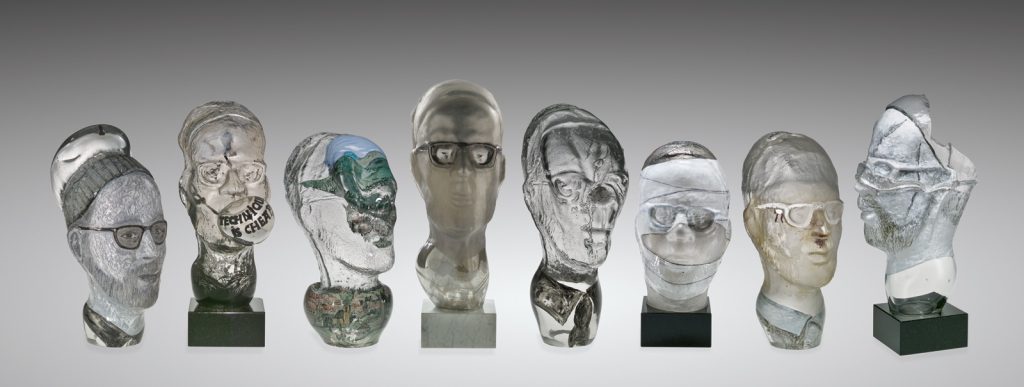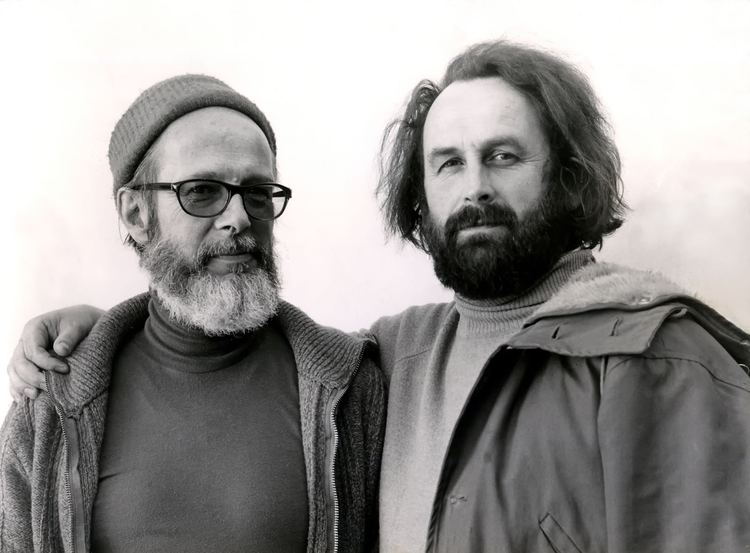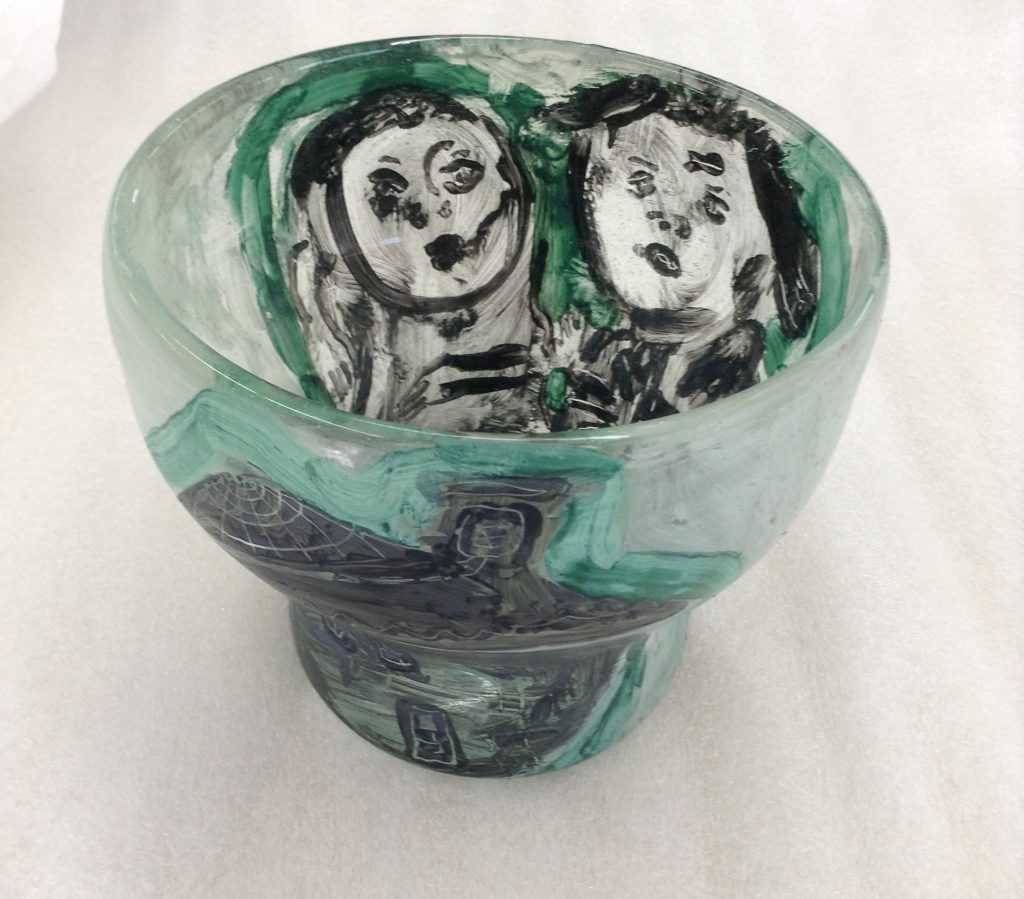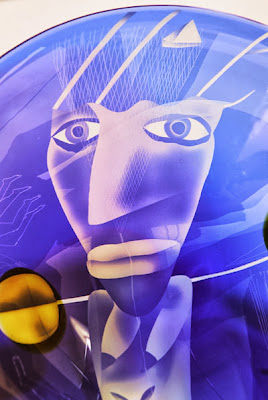Sad news to report – world-renowned glass artist and painter Erwin Eisch has died at the age of 94. Erwin Eisch fell asleep after midnight in the retirement home in Zwiesel, where he had lived since October. “On January 7, he celebrated a diamond wedding with his wife,” said Katharina Eisch-Angus. The parents Erwin and Gretel Eisch had celebrated the 60th anniversary of their marriage together in the home. The death was unexpected, as Erwin Eisch was in good health. The last few days, when his condition had deteriorated, someone from the family had always been with him.
Erwin Eisch was a pioneer German artist who was considered a founder of studio glass in Europe and the world. He was also a painter, draughtsman, and printmaker. Working with friend and colleague in glass Harvey Littleton, Eisch’s work in glass embodies the ideas of the international Studio Glass movement.

Eisch’s non-traditional approach to glassmaking had a profound impact during the formative years of the American Studio Glass movement, and his relationship with American glass pioneer Harvey K. Littleton forged an important link between European and American studio artists working in glass.



